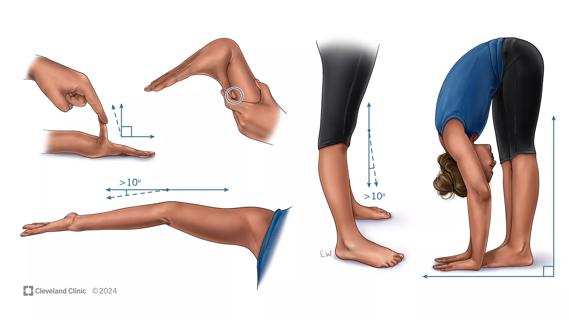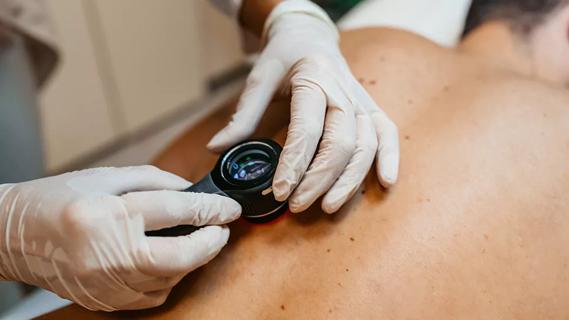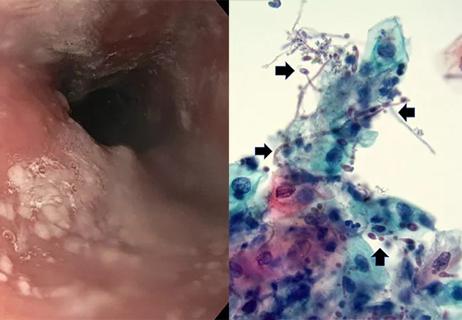Hepatitis B reactivation a concern

Advertisement
Cleveland Clinic is a non-profit academic medical center. Advertising on our site helps support our mission. We do not endorse non-Cleveland Clinic products or services. Policy
Hepatitis B virus (HBV), while considered a de-emerging viral infection due largely to global immunization and blood screening, still chronically infects nearly 500 million people. In the US alone, an estimated 1 million individuals are chronically infected.
Chronic HBV is often clinically silent and undiagnosed. When individuals with clinically unapparent HBV have concomitant immune-mediated inflammatory diseases (IMIDs) (e.g., rheumatoid arthritis, psoriasis, inflammatory bowel disease and others), they are particularly vulnerable to HBV reactivation when immunosuppressed. HBV reactivation is defined as an abrupt increase in HBV replication in a patient with current or past HBV infection. HBV reactivation may range from asymptomatic rises in blood HBV viral load to fulminate hepatitis leading to death.
While HBV reactivation has been long recognized in the settings of cancer chemotherapy and organ transplantation, it is also clinically important for patients with IMIDs exposed to immunosuppression with conventional or biologic agents. TNF inhibitors were approved in the late 1990s, but it wasn’t until 2006 that worldwide regulatory agencies issued a class warning for potentially lethal HBV reactivation. More recently, HBV reactivation has been associated with other biologics including abatacept, and most importantly rituximab, which recently received a black box warning.
Fortunately, we now recognize this risk and screen with serologies (hepatitis B surface antigen and antihepatitis B core antibodies) to identify patients who will benefit from antiviral prophylaxis. Screening has been demonstrated as highly effective in numerous settings. Low rates of patient screening by clinicians who care for vulnerable patients has complicated the application of this effective strategy. Reasons for low rates of screening are complex, but include weak and or unclear screening recommendations and conflicting guidelines issued by specialty societies and public health authorities.
Advertisement
In January of 2014, the American Associations of Societies of Liver Disease in conjunction with the FDA, pharmaceutical companies and numerous specialty societies including the American College of Rheumatology, American Dermatology Society, American Gastroenterology Association and American Society of Clinical Oncology, held an Emerging Trends Conference. Resulting recommendations for a uniform and simplified screening strategy which could be used in any setting—including in the presence of IMIDs— have been recently been published.
These important recommendations attempt to classify immunosuppressives into risk categories, propose a simple algorithm which recommends serologic screening for all patients being considered for immunosuppressive therapy, and provide recommendations for management and referral. We believe most if not all specialty societies will endorse these recommendations, as they are now considered a best practice in managing a deadly but preventable disease.
At the upcoming Biologic Therapies Summit VII on April 6-8, 2017, at the InterContinental Hotel and Conference Center in Cleveland, Ohio, we will address HBV reactivation and many other topics related to improving safety of immunosuppressives, especially biologic therapies. The summit will also highlight the hopes and challenges of precision medicine for the nearly 50 million people in the U.S. with disorders of immunity. For registration and additional information on the Summit, visit www.ccfcme.org/biotherapiesVII.
Advertisement
This activity has been approved for AMA PRA Category 1 Credit™.
Dr. Calabrese is Director of the R.J. Fasenmyer Center for Clinical Immunology in the Department of Rheumatic and Immunologic Diseases.
Advertisement
Advertisement

CAR T-cell therapy may offer reason for optimism that those with SLE can experience improvement in quality of life.

Nasal bridge inflammation, ear swelling and neck stiffness narrow the differential diagnosis

Scleromyxedema may cause extracutaneous symptoms

Experienced clinicians can bridge traditional care gap

Advancements lead to a new trial involving autoimmune disease

Treatment strategies require understanding of pathomechanisms

Education, prevention strategies and monitoring serves this at-risk group

Treatment for scleroderma can sometimes cause esophageal symptoms